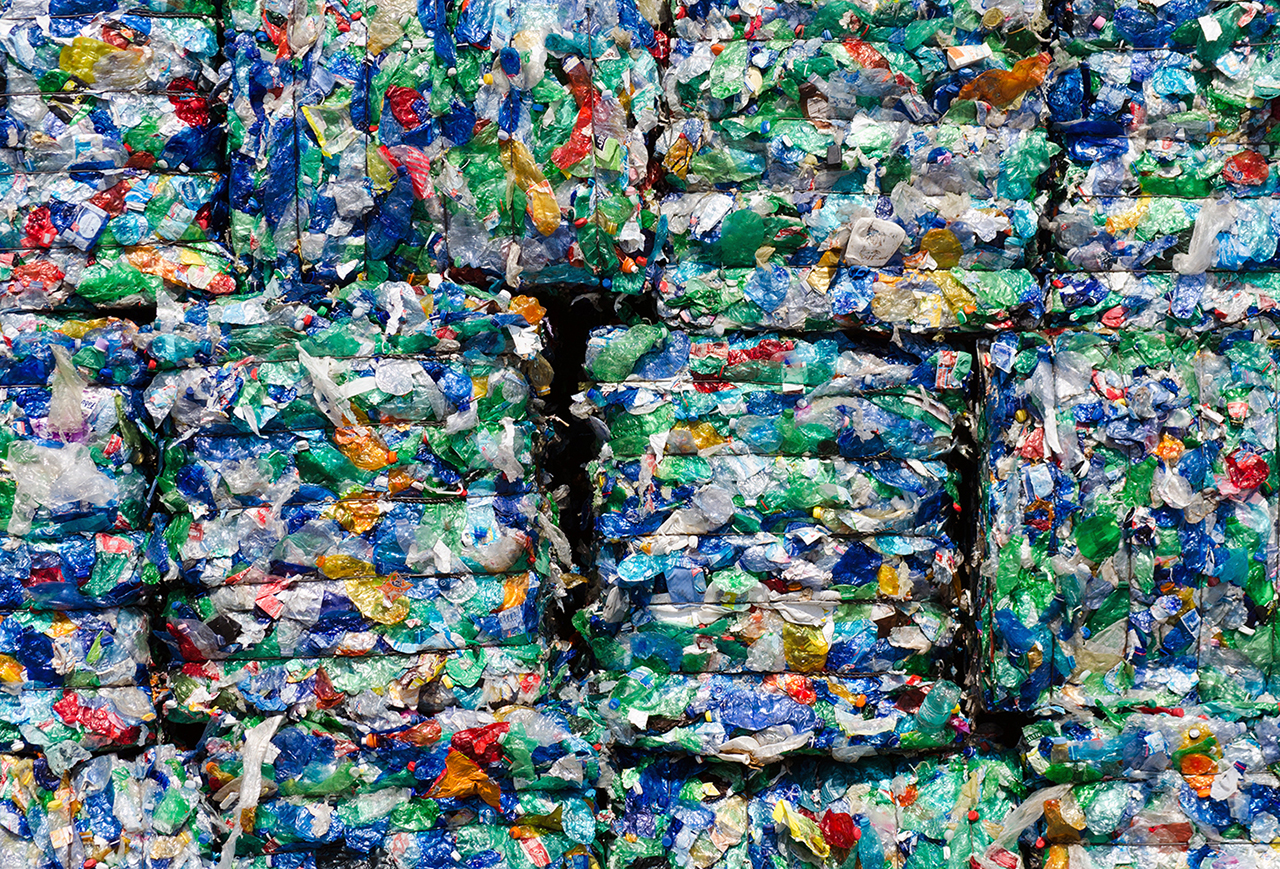Art in the trash vortex: the plastisphere

In the early twentieth century, the invention of plastic was hailed as the beginning of a bright future for mankind. “Plastic Man”, as the early advertisers of the synthetic polymer called him, would transcend Cartesian duality and make matter itself manipulable; plastic was an entirely man-made substance, with infinite durability at dime prices, that could be used for just about anything. And we have indeed made ourselves entirely dependent upon this curious material, which now suffuses our individual, social and political existence through electronics, packaging and health products.
That this story is not all that glorious is a well-known and often commented on fact today. Environmentalists and researchers alike warn us about the coming of the global plastisphere, as the massive production of plastic products, mainly water bottles, packaging and micro plastics from soaps and textiles, begin to overwhelm the global ecosystem in a range of ways. In a recent article, Canadian writer Heather Davis calls plastic the “substrata of advanced capitalism” and points to how it reflects and embodies the many aspects (negative and positive) of mass consumerism. In this respect, plastic, due to its cheap malleability and shiny infinitude, comes to “represent the promises of modernity” and thus “encapsulates the fantasy of ridding ourselves of the dirt of the world, of decay, of malfeasance”.
Troublesome as this may be for our biosphere, the extreme production of plastic, as well as other durable synthetics such as concrete, glass and bricks, also poses some interesting questions about how distant futures may come to historicize our generations’ presence on earth. Researchers on the Anthropocene (the oft-discussed current geological age in which man has shaped nature) argue along the same vein that what future civilizations will eventually unearth about the twentieth and twenty-first centuries will not primarily be our monuments, our rich cultural histories, or even our bones, but, quite simply, plastic, enormous heaps of plastic products like water bottles or ball-point pens. The accumulation of plastics in the biosphere will eventually settle in the geological strata of the planet, and will make for a very peculiar image of our present, as most of human history up until the mid-1950’s is likely to be almost invisible in the rock, compared to the massive traces of ‘plastic fossils’ that the last few generations will leave behind.
For those who are interested in research on the Anthropocene, check out AURA (Aarhus University Research on the Anthropocene)
Heather Davis’ article, “Life & Death in the Anthropocene: A Short History of Plastic” is recommended and is part of an anthology that she has coedited with Etienne Turpin: Art in the Anthropocene: Encounters Among Politics, Aesthetics, Environments and Epistemologies” (Open Humanities Press, 2015).
